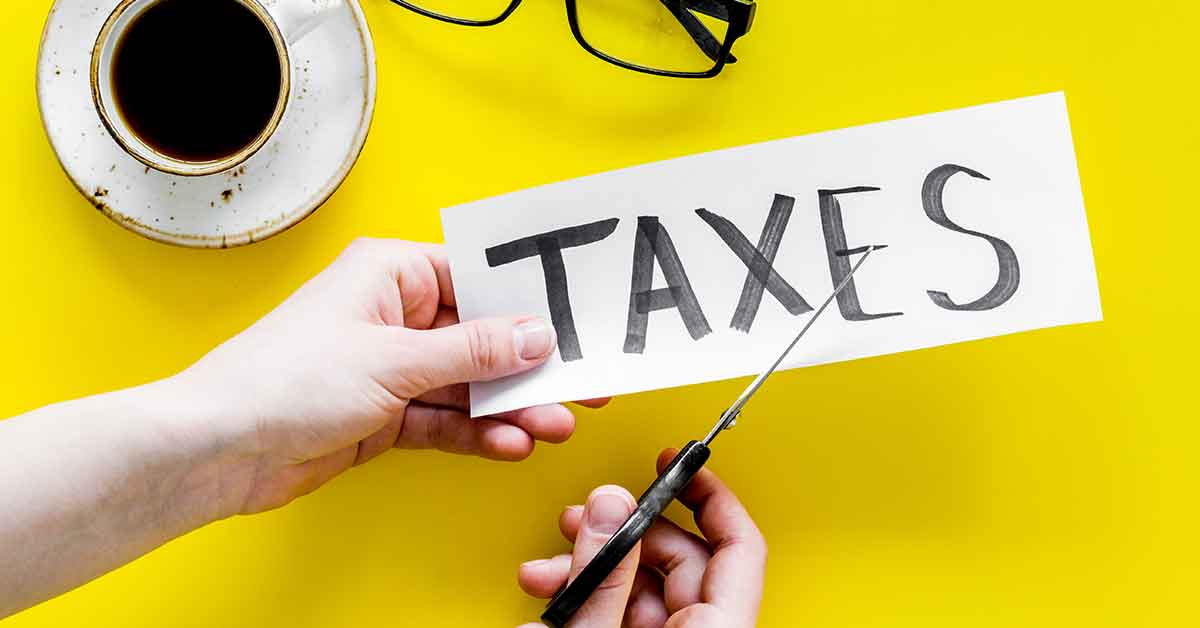With the financial year coming to a close, tax planning and saving is a primary concern for all. In this article, we will cover some last-minute tax saving tips that can help you save big before the end of the financial year.

As another financial year comes to a close, it’s a period when many people look for different measures to save tax. The last quarter of a financial year is a busy time for taxpayers as they collect all their investment proofs to claim eligible deductions and reduce tax liability. While doing so, many end up making last-minute hurried decisions, which they may or may not regret later.
How to choose your tax saving options wisely
There are a number of investment plans that one can consider for saving tax. The list includes life insurance, health insurance, ULIPs, tax-saving mutual funds, public provident fund, national savings certificate and new pension scheme. Each of these instruments are unique and they function quite differently from each other. Now, to claim tax benefit from a tax-saving instrument of any given year, the investment has to be made during that financial year. Thus, to avail tax benefits in 2018-19, one needs to ensure that money is invested any time from April 1, 2018 to March 31, 2019.
Here is a look at some of the investment avenues that one can consider investing in before the end of the financial year:
Life Insurance
Life insurance provides financial protection to the policyholder’s family, in addition to allowing the individual to claim tax deduction under Section 80C of the Income Tax Act, 1961. The maximum deduction one can claim under this section is Rs. 1.5 lakhs. Additionally, proceeds from the policy are tax-free in the hands of the receiver under Section 10(10D) of the Income Tax Act.
Health Insurance
A deduction of up to Rs. 25,000 can be claimed for premiums paid for insuring self, spouse and/or dependent children. An additional deduction of Rs. 25,000 can be claimed for insuring parents who are less than 60 years of age, or Rs. 50,000 if parents are over 60 years old. In case the taxpayer and his or her parents are over 60 years, the maximum deduction available is Rs. 1 lakh.
ULIPs
ULIPs are an insurance cum investment plan. Part of the premiums go towards insuring the individual, while the remaining is parked into capital markets. Tax deduction can be claimed on the premiums paid under Section 80C up to a maximum of Rs. 1.5 lakhs. Additionally, Section 10(10D) allows for tax exemption on the proceeds from the policy.
Tax-saving Mutual Funds
A tax saving mutual fund, also referred to as Equity Linked Savings Scheme (ELSS), is a kind of mutual fund scheme where investments are primarily made in equity and equity related securities. For investments in tax saving mutual funds, individuals can claim tax deduction under Section 80C. However, it must be noted that long term capital gains (LTCG) tax will apply to tax-saving mutual funds. It will be charged if the returns are greater than Rs. 1 lakh per financial year at the rate of 10%.
Public Provident Fund
PPF is one of those investment plans that come under the Exempt-Exempt-Exempt (EEE) category. In other words, this means that all deposits made in a PPF are deductible under Section 80C of the Income Tax Act. Furthermore, the interest and accumulated amount is also exempt from tax during the time of withdrawal.
National Savings Certificate
National Savings Certificate is a fixed income scheme launched by the government that can be opened with any post office. There is no limit on the maximum amount that can be invested in NSC. However, tax deduction can only be claimed for investments up to Rs 1.5 lakhs under Section 80C of the Income Tax Act.
New Pension Scheme
This is a voluntary investment plan that comes under the purview of the Pension Fund Regulatory and Development Authority (PFRDA). Section 80CCD(1) covers the contribution by self. The maximum deduction that can be claimed under this is 10% of the salary. In case of self-employed taxpayers, this limit is 20% of the gross income.
Section 80CCD(2) covers the employer’s contribution. The maximum amount that can be claimed for deduction is least of (a) Actual contribution by employer (b) 10% of Basic + DA (c) Gross total income. Section 80CCD(1B) also allows one to claim deduction for additional self-contribution for up to Rs. 50,000. Thus, the overall tax deduction that can be claimed through National Pension Scheme is up to Rs. 2 lakhs.
Save Income Tax Focus on choosing the right product
The product(s) that one opts for should be such that it helps achieve or further the individual’s goals. Often times, the mistake that people make is that they are only focussed on getting the investment proof for tax purpose. This way they don’t realize whether the product is suitable for them or not. This can lead to one choosing an investment plan that may not really go with one’s overall portfolio.
The investment plan that an individual chooses should rightly fit into one’s portfolio. Begin by looking inward first to be certain of the investment decision. Properly evaluate the portfolio that one has and the kind of investments that need to be made. This way, the individual keeps all the options open. For some, life insurance products make more sense since they can secure their loved ones, while also being able to claim tax deduction.
For others, tax-saving mutual funds are a better choice since they allow them to participate in the equity markets and also claim tax benefits. There are other options like PPF, NSC, five-year bank FDs, etc. that one can also consider. Whichever mode an individual chooses, it is important to ensure that a thorough comparison of the pros and cons are done. This helps ensure that one makes an informed decision of the investment plan purchased.
Recommended Read: Mutual Fund Performances and the New Tax



.jpg)

